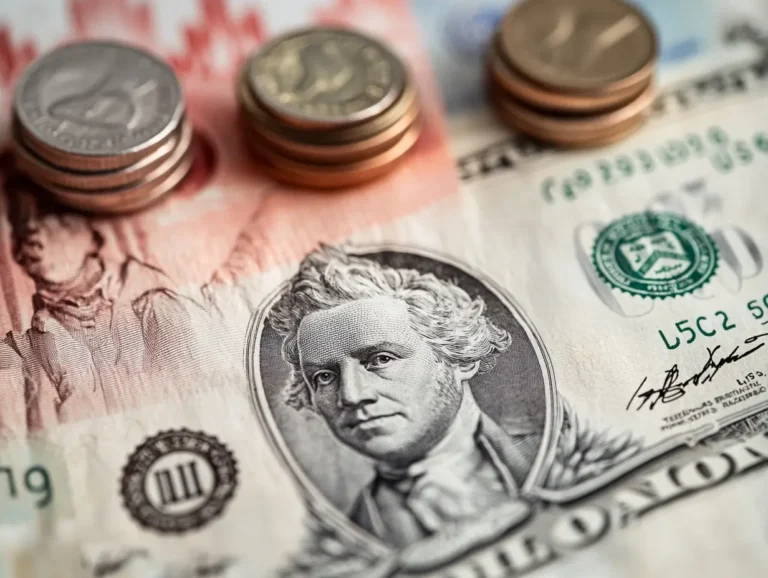The Canadian dollar is projected to recover only slightly from its recent decline over the next year, as concerns over potential U.S. tariffs weigh on Canada’s trade-reliant economy, according to a Reuters poll conducted between December 2 and 4.
A survey of 36 foreign exchange analysts revealed a median forecast predicting a modest 0.3% rise in the Canadian dollar, reaching 1.4034 per U.S. dollar (71.26 U.S. cents) within three months. This is a downward revision from the 1.36 level projected in a previous poll. Over the course of a year, the loonie is expected to edge up by 0.4% to 1.4020, compared to the 1.32 estimate in earlier forecasts. Since late September, the currency has fallen by nearly 5%.
“If the U.S. imposes tariffs of 25% or higher on Canada, the primary adjustment would likely occur through the currency, which could offset some of the impact but not entirely,” said Benjamin Reitzes, Canadian rates and macro strategist at BMO Capital Markets.
The tariff threat stems from U.S. President-elect Donald Trump’s pledge to impose a 25% duty on imports from Canada and Mexico, citing concerns over border control related to drugs and migration. This poses a significant risk to Canada’s economy, with roughly 75% of Canadian exports, including oil and automobiles, destined for the United States.
The Bank of Canada (BoC) has acknowledged that such tariffs could negatively affect both economies and has committed to factoring these risks into its economic outlook. The central bank is expected to maintain its accommodative stance, with a policy decision scheduled for Wednesday. Since June, the BoC has cut its benchmark interest rate by 1.25 percentage points to 3.75% in a bid to support the economy.
Canadian Prime Minister Justin Trudeau has pledged to strengthen border controls in response to U.S. demands, but the looming tariff threat may already be deterring business investments.
“Until there’s more certainty regarding free trade agreements, especially with the United States, businesses may hesitate to commit new capital to Canada,” Reitzes added.
The uncertain trade environment underscores the challenges facing the Canadian dollar and the broader economy as policymakers and businesses await clarity on future U.S.-Canada trade relations.

